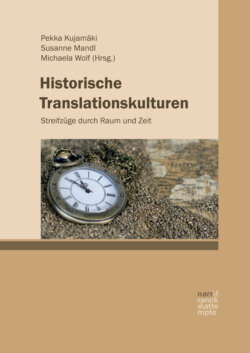Читать книгу Historische Translationskulturen - Группа авторов - Страница 30
2.1.1 Irish
ОглавлениеIn Ireland, Irish Gaelic, or Irish, was a majority language in 1800. It was spoken throughout Ireland by the Irish but was less common in north-eastern and eastern parts of the country, where English and/or Scots were spoken by settlers. Throughout the nineteenth century, various factors contributed to its decline, making it a minority language by 1900. The language of education and the legal system, for example, was English, and Irish was not part of the school curriculum until 1878 (Ó Buachalla 1984). The Great Famine (1845–1852) and the laissez faire approach of Westminster during the famine led to at least one million deaths and many more emigrating (Kinealy 1997). The worst affected areas were in rural Ireland, where Irish was still widely spoken, which heavily impacted the number of speakers of Irish. A further result of the Great Famine was widespread discontent with Westminster and a somewhat intensified feeling of nationalism. In the years following the famine, a number of important nationalist movements were founded, such as the Irish Republican Brotherhood in 1858 (see Lee 2014) and the Home Rule League in 1873. Language decline continued over the following decades, with the percentage of the population who could speak Irish falling from 23.3 % in 1851 to 18.2 % in 1881 (Akenson 2012: 378–379).
